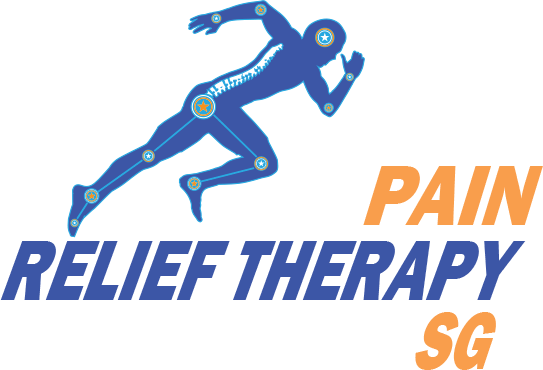Low back pain is a universal human experience which starts below the ribcage. The lumbar spine, or lower back, is a remarkably well-engineered structure of interconnecting bones, joints, nerves, ligaments, and muscles all working together to provide support, strength, and flexibility.
However, this complex structure also leaves the lower back susceptible to injury and pain. But sometimes back pain can be related to a disc that bulges or ruptures. If a bulging or ruptured disc presses on the sciatic nerve, pain may run from the buttock down one leg, a condition known as sciatica.
In addition to acute injuries, chronic low back pain can also result from various conditions such as osteoarthritis, spinal stenosis, or degenerative disc disease. These conditions involve gradual wear and tear of the structures in the low back, leading to chronic pain and stiffness. In some cases, low back pain can also be a symptom of a more serious underlying condition such as cancer or infection, although this is rare.
Additionally, low back pain can be accompanied by other symptoms, such as numbness or tingling in the legs, difficulty standing up or walking, or even loss of bladder or bowel control, which may indicate a more serious underlying condition. It is important to consult a healthcare professional if low back pain persists or is accompanied by any of these symptoms.
CALL +6587141543 TODAY TO SCHEDULE YOUR FIRST APPOINTMENT


